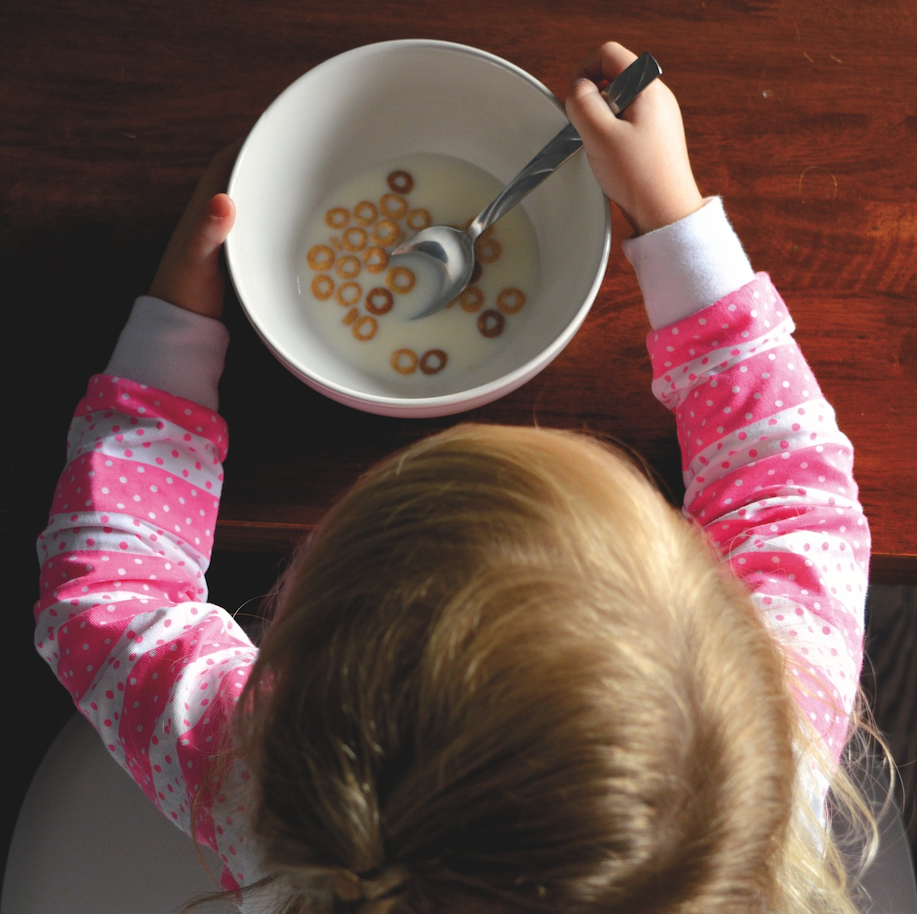
Part of my research aims to investigate the role of nutrition on the impulsive behavior of three-year-olds. Nutrition has been linked to inhibitory control (the ability to suppress impulses), but not all evidence is very clear or consistent [1]. One of the reasons is because previous studies have used different methods to investigate nutritional intake. There are different methods of assessing nutritional intake, such as a 24-hour recall (dietary intake of the past 24 hours is assessed), a food diary (dietary intake is recorded in a diary), or a food frequency questionnaire (the participant fills in a list of food products that he/she habitually consumes over the past x months). All these methods have qualities that are beneficial in different situations. Depending on the method, different nutritional information is yielded, which may result in different research results. Thus, it is of great importance to accurately determine nutritional intake depending on the situation. To determine which method I would use in my research with toddlers, I asked myself two questions:
First, how detailed does the information need to be to test a hypothesis linking diet with behaviour? Nutritional intake can be collected at different levels: micronutrient level, macronutrient level, product level, and food group level. In case of my research, previous literature showed some relations between different food groups, dietary quality and child behaviour. Therefore, we decided that gaining information on food group level and determining diet quality was enough for us to answer our research question.
Second, how can we analyze and process nutritional data estimated from raw dietary data? This can happen in different ways. For example, nutritional data can be turned into a diet quality score to assess how healthy the diet is. There are different diet scores that are developed based on different theories, so the choice of a diet score is also important to consider. Since we were also interested in the children’s diet quality, we decided to quantify their nutritional intake by calculating a diet quality score. For this particular diet quality score [2], we needed information about the dietary intake on food group level (in grams) of preschool children.
Obviously, three-year-old children cannot tell us accurately what they ate, so the assessment of their nutritional intake was based on parent reports. Parents know the dietary intake of the children in quite some detail, thus asking for their child’s exact nutritional intake was feasible.
As previously mentioned, information about food groups (calculating a diet quality from them) was enough for us to answer our research question. However, since my data collection is part of a longitudinal study, it was beneficial to collect as detailed information as possible for future research questions. Thus, also taking into account the abovementioned considerations, we decided to use three 24-hour recalls (by parents) to assess the habitual diet of the preschool children. We chose three 24-hour recalls because it provided us a view of the average dietary intake of the child (two weekdays and one weekend day) on micronutrient, macronutrient, product, and food group level.
Stay tuned for updates (and results) about my research!
References
- Egbert, A. H., Creber, C., Loren, D. M., & Bohnert, A. M. (2019, August 1). Executive function and dietary intake in youth: A systematic review of the literature. Appetite, Vol. 139, pp. 197–212. https://doi.org/10.1016/j.appet.2019.04.013
2. Voortman, T., Kiefte-de Jong, J. C., Geelen, A., Villamor, E., Moll, H. A., de Jongste, J. C., … van den Hooven, E. H. (2015). The Development of a Diet Quality Score for Preschool Children and Its Validation and Determinants in the Generation R Study. The Journal of Nutrition, 145(2), 306–314. https://doi.org/10.3945/jn.114.199349
